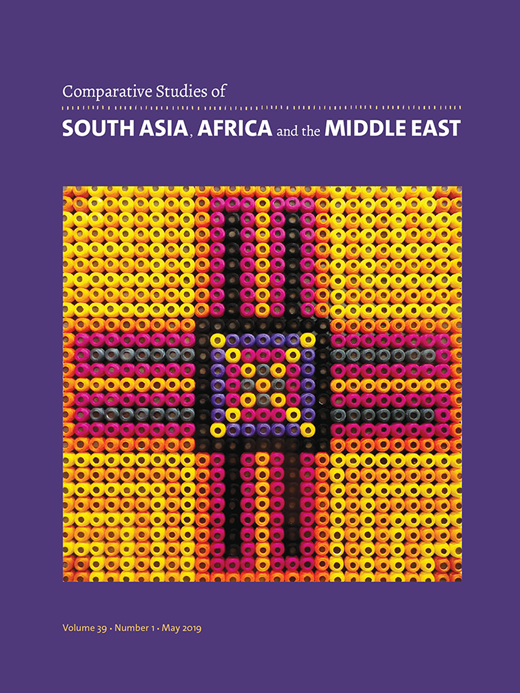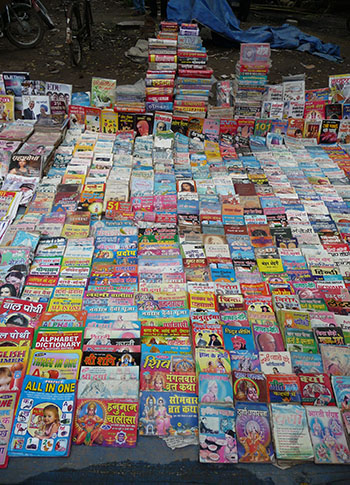Journals
Much theorisation around world literature hangs on the translation and circulation of novels and of books in general. However, our research shows that, partly for material reasons, magazines and short genres have been much more significant for the visibility and circulation of world literature, at least in the regions of our project.
Already in the 19th century, journals published translations of “Eastern” poetry and facilitated relay translations and loops of transnational circulation across Europe and between Europe and the rest of the world. Through a “cut-and-paste” logic, early-twentieth century journals reproduced snippets and notices about literatures beyond the limits of empire; such as addressing the new interest in Asia. In the 1960s, journals like Lotus (published in Arabic, French, and English) made African literatures visible to an unprecedented degree. It was in journals like Souffles/Anfas that Moroccan intellectuals sought original multilingual ways to overcome the divide between Arabic and French. Even now, it is internet journals like Words Without Borders that promote translations and genres beyond the Anglophone novel.
MULOSIGE’s Special Issue: Comparative Studies of South Asia, Africa and the Middle East.
Explore MULOSIGE's Special Issue of Comparative Studies of South Asia, Africa and the Middle East.
The Ethiopian Writers’ Association: Between Multilingual Openings and Monolingual Practice
When the association that claims to be “Ethiopian” restricts its policy and publications to the tradition of one language and presents that language as a representative of the country, the legitimacy of such a claim should be called into question.
Postcolonial Print Cultures Conference: Tambimuttu and Sivanandan: Cold-War America and International Socialism.
Tambimuttu and Sivanandan: Cold-War America and International Socialism
Postcolonial Print Cultures Conference Report
The Postcolonial Print Cultures Conference was convened at SOAS University of London on the 11-12th January 2019. The methodological conditions behind the conference are to consider the historical moment of the Cold War in ways other than by splitting the world into two spheres.
Postcolonial Print Cultures Conference: Hindi literary activism in the 1950s
Professor Francesca Orsini (SOAS), examines the production and re-production of short stories in Hindi literary magazines in the 1950s, offering a case study of the Hindi magazine Kahani (Short Story, 1954). She argues that world literature can only be envisioned and produced through local views, rather than under one overarching banner of what constitutes “world literature.” Her talk highlights the medium of the magazine as a site of non-state literary activism that placed readers and young writers at the center, the preference for the story as opposed to the novel, and the multilingual knowledge that animated reading practices, even when publication occurred in a single language (Hindi).
‘1920 to 1930’: Prohibition and the Arabic Short Story in New York City
This Arabic short story published in New York during the Prohibition Era uses science fiction to imagine just how far banning certain beverages could possibly go. Raphael Cormack translated the story into English, and includes an introduction which contextualizes the story and 'Al-Akhlaq' journal as part of a larger Arabic literature and news scene set in New York in the early 20th century







